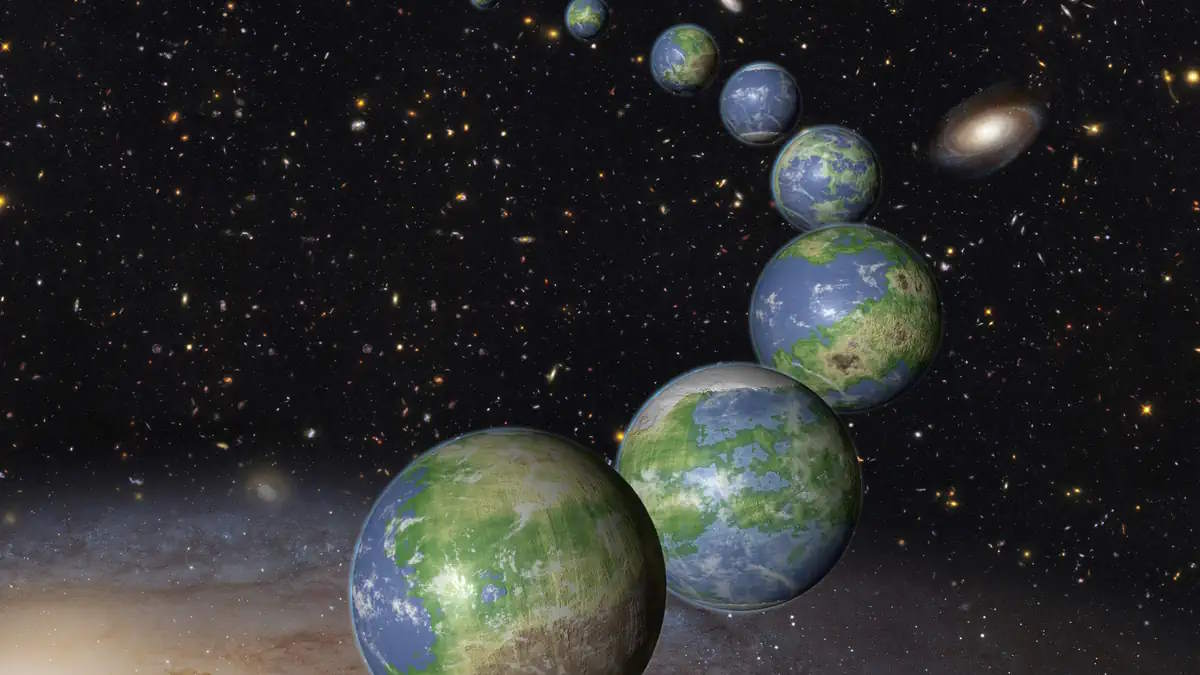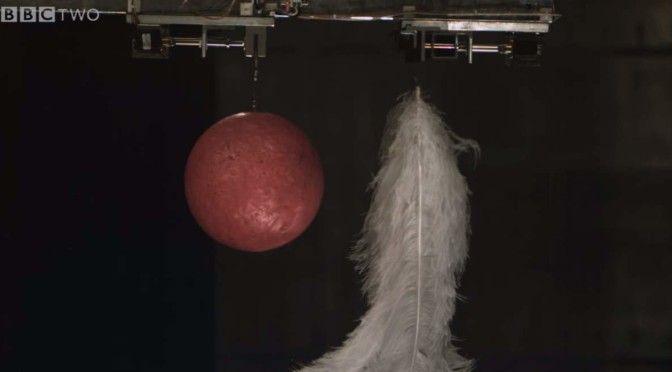A beautiful video, once again, from Michael Stevens, titled “How Earth Moves”. Michael explains many concepts, including “sub-solar point”, “sidereal day vs solar day”, or “how Earth moves in space” etc, and he is doing it in a very simplified manner. Enjoy!



